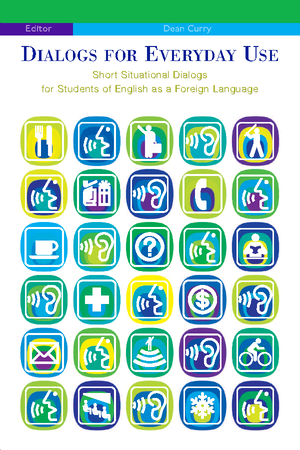- Information
- AI Chat
Was this document helpful?
Ielts Reading TEST 3 - srhsrhrhrr
Course: english 101 (Eng101)
14 Documents
Students shared 14 documents in this course
University: University of Shendi
Was this document helpful?

READING TEST 3
SECTION 1 - Adam’s Wine https://ieltscuecard.trendinggyan.com/
A
Water is the giver and, at the same time, the taker of life. It covers most of the surface of the planet we
live on and features large in the development of the human race. On present predictions, it is an
element that is set to assume even greater significance.
B
Throughout history, water has had a huge impact on our lives. Humankind has always had a rather
ambiguous relationship with water, on the one hand receiving enormous benefit from it, not just as a
drinking source, but as a provider of food and a means whereby to travel and to trade. But forced to live
close to water in order to survive and to develop, the relationship has not always been peaceful or
beneficial. In fact, it has been quite the contrary. What has essentially been a necessity for survival has
turned out in many instances to have a very destructive and life-threatening side.
C
Through the ages, great floods alternated with long periods of drought have assaulted people and their
environment, hampering their fragile fight for survival. The dramatic changes to the environment that
are now a feature of our daily news are not exactly new: fields that were once lush and fertile are now
barren; lakes and rivers that were once teeming with life are now long gone; savannah has been turned
to desert. What perhaps is new is our naive wonder when faced with the forces of nature.
D
Today, we are more aware of climatic changes around the world. Floods in far-flung places are instant
news for the whole world. Perhaps these events make us feel better as we face the destruction of our
own property by floods and other natural disasters.
E
In 2002, many parts of Europe suffered severe flood damage running into billions of euros. Properties
across the continent collapsed into the sea as waves pounded the coastline wreaking havoc with sea
defences. But it was not just the seas. Rivers swollen by heavy rains and by the effects of deforestation
carried large volumes of water that wrecked many communities.
F
Building stronger and more sophisticated river defences against flooding is the expensive short-term
answer. There are simpler ways. Planting trees in highland areas, not just in Europe but in places like the
Himalayas, to protect people living in low-lying regions like the Ganges Delta, is a cheaper and more
attractive solution. Progress is already being made in convincing countries that the emission of carbon
dioxide and other greenhouse gases is causing considerable damage to the environment. But more
effort is needed in this direction.







